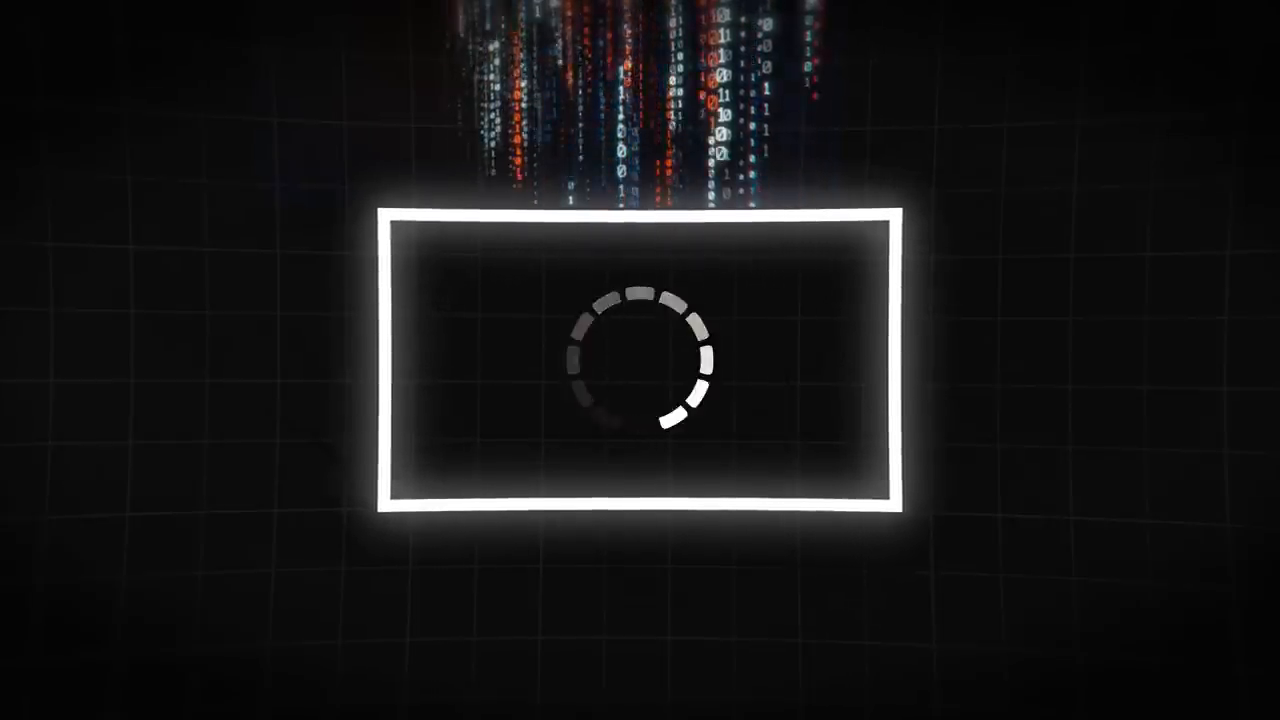The real reason people are scared of AI
Artificial Intelligence (AI) has rapidly emerged as a transformative force, reshaping industries, improving efficiencies, and creating opportunities. Yet, it’s also evoking fear, as many wonder about the broader implications of this burgeoning technology. Could AI jeopardize humanity as we know it? Legislators worldwide have expressed concerns through laws and warnings, identifying several potential nightmare scenarios associated with AI. This article will explore six significant ways AI might pose risks to society and humanity while considering measures to mitigate these dangers.
Understanding the basics of AI
To begin, let’s clarify what AI is. Despite its complexities, AI boils down to software that teaches itself to solve tasks by analyzing vast datasets. Unlike traditional coding, where humans write explicit instructions, AI systems evaluate massive amounts of data, find patterns, and make decisions—tasks resembling what human intelligence does but in an "artificial" form.
This self-learning mechanism is often referred to as a "black box," as even its creators sometimes struggle to fully comprehend how AI reaches certain conclusions. While these systems hold remarkable potential, their unpredictability is what makes them so dangerous.

Understanding AI: This black box process exemplifies the promise and perils of artificial intelligence.
Now, let’s delve into the six key dangers AI could impose on humanity.
1. Predictive policing: The dystopian future of law enforcement?
One of the first nightmare scenarios involves predictive policing, a concept made famous by the movie Minority Report. Imagine a world where law enforcement no longer waits for crimes to occur but instead uses AI to predict who might commit a crime based on vast amounts of data. While this might sound efficient, it introduces significant risks to civil liberties and privacy.
Carme Artigas, an internationally recognized AI expert, warns that this approach could lead to unjust surveillance and wrongful arrests. AI relies on biometric data such as facial recognition, voice, and movements—data many governments already collect. However, this opens the door for mass surveillance systems that infringe on individual rights. Worse, algorithms sometimes make mistakes, as seen in Detroit, where AI wrongly identified a man as a thief, leading to his wrongful imprisonment.
In response, the EU AI Act has made it illegal to use AI to predict crimes and emphasizes the principle that people should only be judged based on actual behavior. However, the debate over AI’s role in law enforcement continues globally.

AI’s potential misuse in law enforcement raises ethical and legal challenges.
2. Elections: Undermining democracy
Democracies heavily rely on trust—trust in electoral processes, the integrity of information, and in the system itself. With the rise of deepfakes, AI-generated synthetic media used to manipulate opinions, that trust is now at stake. Deepfakes create videos of politicians saying or doing things they never did, sowing confusion and disinformation.
While current deepfake technology is usually detectable, it is improving at alarming rates. Scenarios such as AI-generated robocalls misleading voters or synthetic videos showing tampered ballots could devastate public trust in democratic institutions. Even worse, overexposure to manipulated content could lead people to distrust all information they see, a phenomenon often referred to as "truth decay."
To counteract this challenge, California recently introduced laws requiring platforms like YouTube and Facebook to label or remove deepfake media related to elections. At the global level, the EU AI Act mandates creators of synthetic media to incorporate invisible watermarks, allowing software to distinguish real from fake.

Deepfake misinformation could destabilize elections and public trust.
3. Social scoring: From freedom to control
Another terrifying potential use of AI is social scoring, which assigns individuals a score based on factors like online behavior, financial transactions, or compliance with the government. Such a system could discriminate against and penalize individuals, leading to denied access to jobs, loans, and even essential services.
While China’s social credit system is a prominent example, elements of social scoring already exist in Western societies, such as credit scores in the U.S. The danger is that these mechanisms could expand, scrubbing more personal data and amplifying social inequalities in jobs, promotions, or access to education. Even AI-driven university admissions are not immune—despite their intent to remove human biases, AI systems also inherit biases from the data they’re trained on.
To mitigate this threat, Europe has taken a firm stance, prohibiting any form of AI-driven social scoring that ranks or classifies individuals based on their societal interactions. Such measures reflect the critical need to align AI systems with core human rights and freedoms.

The global push against algorithmic discrimination aims to protect human rights.
4. AI and nuclear weapons: A high-stakes gamble
One of the scenarios most evocative of science fiction involves AI-guided nuclear weapons. Although the notion of a rogue AI launching missiles, à la Terminator’s Skynet, is unlikely, the idea of AI-driven military decisions is already a reality. AI systems in defense analyze vast data networks, enhancing situational awareness, but the potential for catastrophic errors lingers.
For example, an AI might misinterpret military tests or troop movements as an impending attack, escalating tensions and even launching retaliatory actions on its own. This prospect has led to swift legislative action in the U.S., where the "Block Nuclear Launch by Autonomous AI Act" prohibits AI from initiating nuclear strikes autonomously.
However, AI-guided weaponry isn’t just about nukes. AI is already being implemented in countries like Israel and Ukraine for tactical combat decisions, raising questions about accountability in modern warfare.

AI in defense highlights the ethical dilemma of autonomous decisions in warfare.
5. Critical infrastructure: When AI fails us
Critical sectors like water, transportation, and electricity are increasingly operated by AI algorithms for efficiency and cost reduction. This isn’t inherently a bad thing. For example, an AI-run water treatment plant could optimize resources and prevent waste. However, the risks become apparent when things go wrong.
Consider a contaminated water crisis caused by faulty AI sensors or a traffic system failure triggered by a buggy software update, leading to citywide gridlock. These vulnerabilities underscore the dangers of handing over essential services to opaque AI systems, where the "black box" nature of AI makes identifying and addressing failures challenging.
To safeguard societal wellbeing, lawmakers are calling for greater transparency in AI systems managing critical infrastructure. Companies must demonstrate robust cybersecurity measures and risk assessments while allowing oversight into their machine-learning algorithms.

A malfunction in AI managing public systems could lead to widespread disruption.
6. Optimism for the future: Responsible AI can transform lives
Despite these risks, the potential of AI to improve human life remains transformative. AI systems could revolutionize fields like medical research and agriculture, predicting diseases, discovering new drugs, and optimizing resource use. They could help combat climate change by monitoring soil health and improving food production practices, reducing environmental harm from pesticides and fertilizers.
The key lies in developing effective legislation, as Carme Artigas emphasizes, to strike a balance between leveraging AI’s benefits while mitigating its risks. With proactive governance and ethical safeguards, we could realize a future where AI elevates humanity rather than threatening it.

AI’s positive applications offer a glimpse of a better and more efficient world.
Conclusion: Preparing for an AI-driven future
AI is undeniably changing the world, from its everyday applications to its profound societal implications. However, with this extraordinary power comes extraordinary responsibility. The risks—predictive policing, election manipulation, social scoring, AI-driven warfare, and potential failures in critical sectors—demand vigilant regulation and oversight.
But there is reason to hope. With thoughtful legislation, transparency, and ethical governance, AI can help humanity confront its greatest challenges and unlock new possibilities for innovation.
Let us embrace AI’s promise while staying vigilant to its perils. After all, the future of AI is not just about machines—it’s about humanity’s ability to rise and adapt to a new technological frontier.
